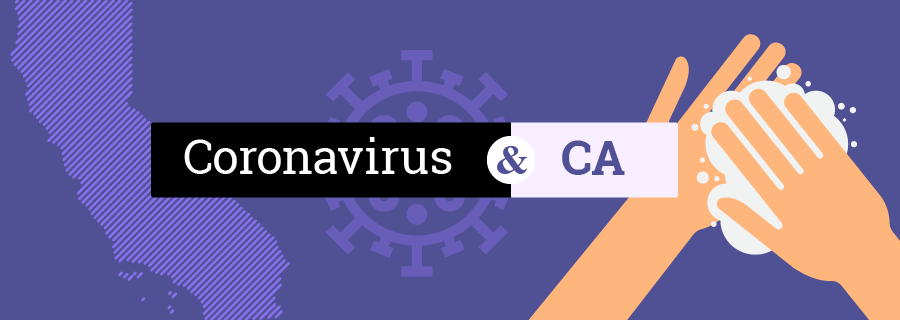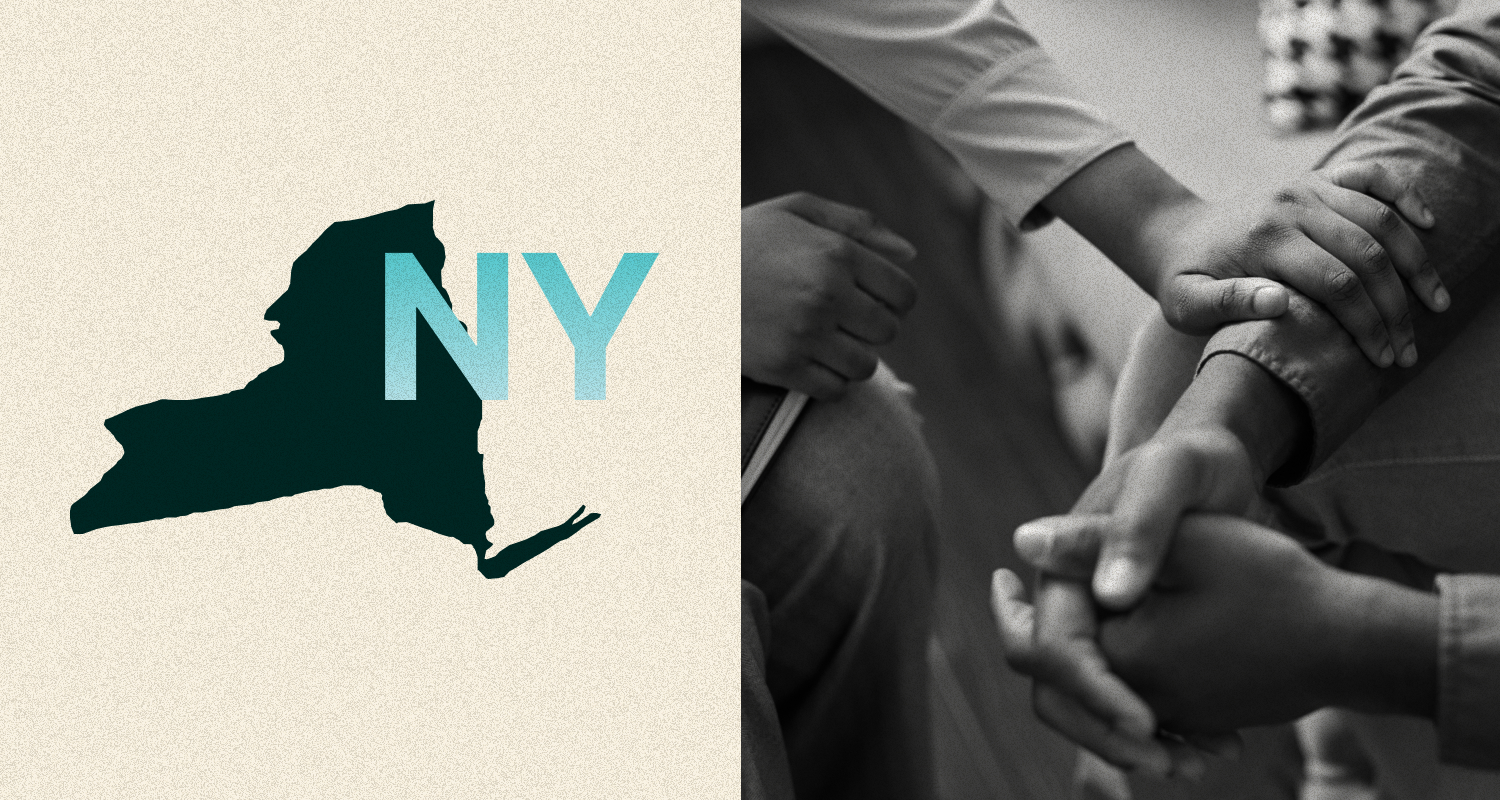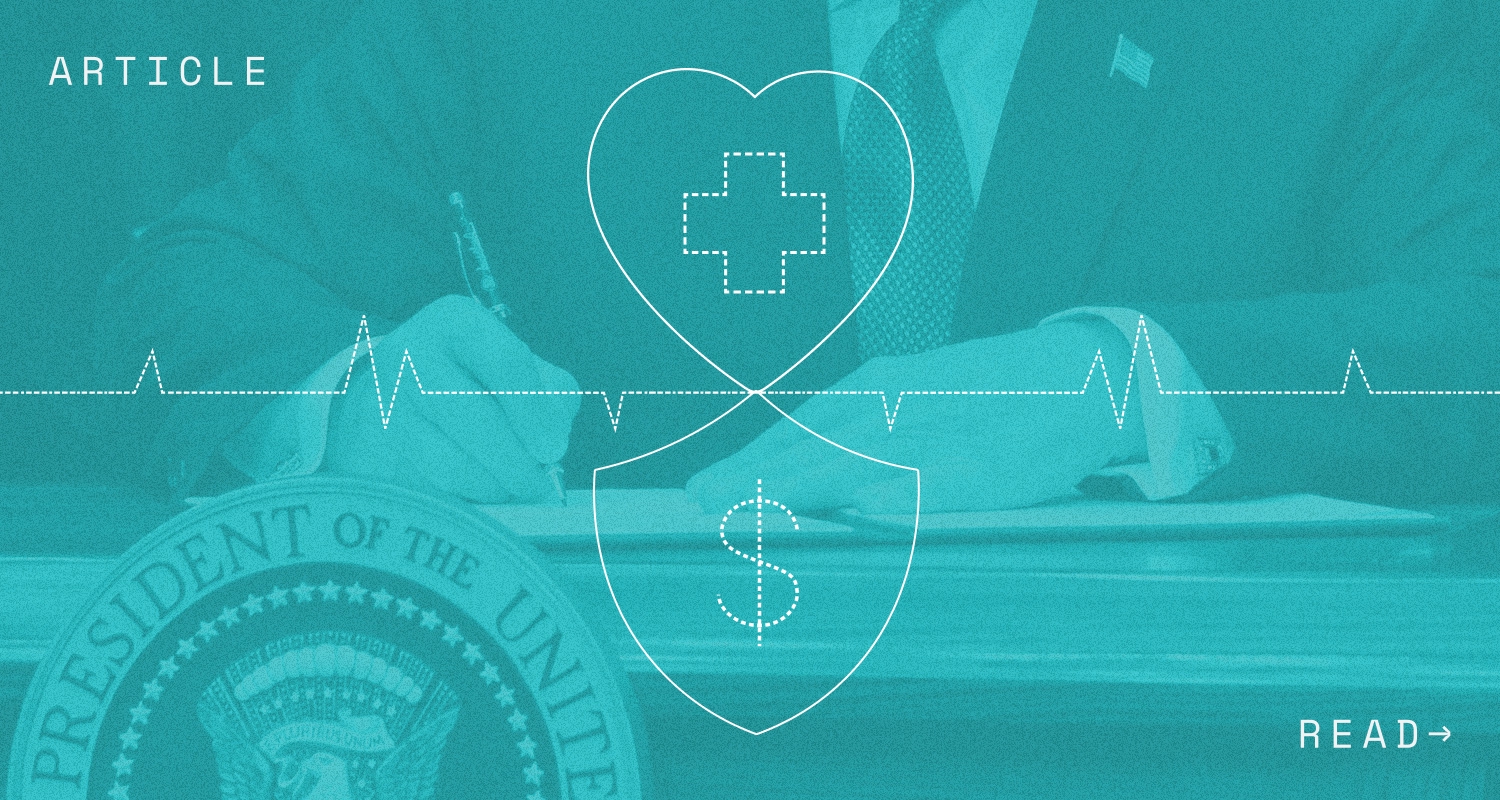Updated September 23, 2020 – On September 9, 2020, Governor Newsom signed Assembly Bill 1867 which codifies supplemental COVID-19-related sick leave for 1) food-sector workers pursuant to the Governor’s April 2020 executive order, as well as 2) any worker employed by a company with 500 or more employees nationwide. For more information please visit out blog post.
On April 16th, Governor Newsom issued Executive Order N-51-20 (“Order”) which provides supplemental COVID-19 related paid sick leave (“Supplemental Sick Leave”) for food sector workers in California who work for employers with 500 or more employees anywhere in the United States. The Order remains effective during any statewide stay-at-home order and seeks to “bridge the gap” by creating mandatory paid sick leave for food sector employees of those larger companies that are not bound by the Families First Coronavirus Response Act (FFCRA). For more information about FFCRA, please visit our blog post.
Which Employers are Subject to Supplemental Sick Leave?
Employers with 500 or more employees located anywhere in the United States that employ a food sector worker as defined by the Order (see definition below). For purposes of the 500 employee count threshold the Order states that employees will be counted the same way as they are for the FFCRA.
Important Note: the Order itself uses and defines the term “Hiring Entities” which includes private employers and specifically includes any Delivery Network Company (as defined in Revenue and Taxation Code section 6041.5(b)) and any Transportation Network Company (as defined in Public Utilities Code section 5431(c)) with 500 or more employees.
Who is considered a food sector worker under the Order?
For purposes of the Order, a food sector worker is any person who satisfies the following three criteria:
- Works in one of the following industries or occupations defined by the Industrial Welfare Commission (“IWC”) or works for a food facility as defined by the Health and Safety Code:
- Employees engaged in the canning, freezing, and preserving industry (Order 3-2001 Section 2(B));
- Employees engaged in industries handling products after harvest, (Order 8-2001 Section 2(H));
- Employees engaged in industries preparing agricultural products for market, on the farm (Order 13-2001 Section 2(H));
- Employees employed in an agricultural occupation (Order 12-2001 Section 2(D));
- Employees who work for an employer that operates a food facility as defined in Health and Safety Code section 113789(a)-(b); or
- Employees who deliver food from a food facility, as defined under Health and Safety Code section 113789 (a)-(b).
- The person is exempt as an “Essential Critical Infrastructure Worker” under Executive Order N-33-20, or any statewide stay-at-home order (Important update: Assembly Bill 1867 (which establishes Labor Code section 248) no longer requires that a food sector worker be a critical infrastructure worker, and the food-sector notice has been revised to reflect that change in the law)
- The persons leaves the person’s home or other place of residence to perform work for or through the employer
Important Note: Supplemental Sick Leave applies to all food sector workers who perform work for or through the employer, regardless of whether they are deemed to be “employees.” Under the Order all food sector workers will be considered “employees” and any hiring entities will be considered an “employer” for purposes of paid sick leave provisions of the Labor Code.
What are the qualifying COVID-19-realted reasons for Supplemental Sick Leave?
Food sector workers may take Supplemental Sick Leave if they are unable to work due to any of the following reasons:
- The employee is subject to a federal, state, or local quarantine or isolation order related to COVID-19;
Important Note: The corresponding FAQ’s issued by the Labor Commissioner clarify that a “quarantine or isolation order,” means a quarantine or isolation order that is specific to the worker’s circumstances, not a general stay-at-home order.
- The employee is advised by a healthcare provider to self-quarantine or self-isolate due to concerns related to COVID-19; or
- The employee is prohibited from working by the employer due to health concerns related to the transmission of COVID-19.
Can Employers Require Documentation from a Health Care Provider?
Yes, but documentation is not otherwise required. A hiring entity may not deny a worker Supplemental Sick Leave based solely on a lack of certification from a healthcare provider. Under the Order, a food sector worker is entitled to take leave immediately upon the worker’s oral or written request. The Executive Order does not condition leave on medical certification. In certain circumstances it may be reasonable to request documentation before paying the sick leave when an employer has other information indicating that the worker is not requesting COVID-19 Supplemental Sick leave for a valid purpose.
The FAQs provide the following example: if a worker informs a hiring entity that the worker is subject to a local quarantine order, has to stay home, and qualifies for COVID-19 supplemental paid sick leave, but the hiring entity subsequently learns that the worker was at a park, the hiring entity could reasonably request documentation.
What is the amount of Supplemental Sick Leave that must be provided?
The Order differentiates the number of hours of Supplemental Sick Leave a food sector worker is entitled to as follows:
- Full-time: A food sector worker who is considered full-time or who worked, or was scheduled to work, an average of at least 40 hours per week in the two weeks before the leave is taken, is entitled to 80 hours of Supplemental Sick Leave.
- Part-time workers with set schedule: A part-time food sector worker with a normal weekly schedule is entitled to the same number of hours of Supplemental Sick Leave as the worker is normally scheduled to work.
- Part-time workers with variable schedule: A food sector worker with a variable schedule is entitled to 14 times the average number of hours they worked each day over a six-month period (or for those workers who have worked fewer than six months, over the entire period of their employment).The FAQs provide the following two examples to illustrate the method of calculation:
- An example using a 6-month period that contains a total of 182 days (26 weeks)
- Total number of hours worked during 6-month period = 520 hours
- Total number of days in 6-month period = 182 days
- In calculating the average number of hours, the figure is determined based on the total number of days in the 6-month period (182) and not just the number of days worked.
- Average number of hours worked each day in 6-month period = 2.857 (520 hours /182 days)
- Total COVID-19 Supplemental Sick Leave entitlement = 40 hours (2.857 x 14)
- An example where the worker has worked for two days over the past two weeks
- Total number of hours worked during two-week period = 7 hours
- Total number of days in two-week period = 14 days
- Average number of hours worked each day in two-week period = 0.5 (7 hours /14 days)
- Total COVID-19 Supplemental Sick Leave entitlement = 7 hours (.50 hour x 14)
What is the Rate of Pay for Supplemental Sick Leave?
Food sector workers must be paid the greater of 1) their regular rate of pay for the last pay period before leave is taken; 2) the state minimum wage; or 3) the local minimum wage. The total amount paid is capped at no more than $511 per day and $5,110 in the aggregate over the period that the Order is in effect.
How does Supplemental Sick Leave interact with other paid leave entitlements?
COVID-19 Supplemental Paid Leave is in addition to any paid sick leave that may be available to the worker under Labor Code section 246. An employer may not require that a food sector worker use other paid or unpaid leave before the worker uses Supplemental Sick Leave.
Which Employers are Exempted from providing Supplemental Sick Leave?
If on April 16, 2020, the employer provided paid benefits that will compensate workers for the same purposes as Supplemental Sick Leave and at a level at least equal to the benefits provided, the employer does not have to provide COVID-19 Supplemental Sick Leave.
How long is Supplemental Sick Leave Effective?
Requirements under Supplemental Sick Leave will remain in effect for the duration of any statewide shelter-in-place order issued by the Department of Public Health except that a food sector worker taking COVID-19 Supplemental Sick Leave at the time of the expiration of all such orders will be permitted to exhaust it.
What are the Employer’s Notice Posting Requirements?
Under the Order, employers are required to display a poster in a conspicuous place that contains information about COVID-19 Supplemental Sick Leave. The Labor Commissioner has made a model notice available for employers to post at their worksite. If food sector workers do not frequent the worksite, the employer may provide the notice to employees electronically.
Important Update: The law, as updated by Assembly Bill 1867, no longer requires that a food sector worker be a critical infrastructure worker, and the food-sector notice has been revised to reflect that change in the law. This means that if your business is not a critical infrastructure business but has food sector workers, you are now required to post this food-sector notice.
Are there any other prohibitions placed on Employers?
Employers are prohibited from retaliation for using or attempting to exercise their rights to Supplemental Sick Leave.
How will the Order be Enforced?
The Labor Commissioner is authorized to enforce the provision of Supplemental Sick Leave and a food service worker may file a complaint with the Commissioner under the Labor Code.
Additional Resources:
Official Food Sector Worker Model Notice
FAQ on Essential an Non-essential Workers
FAQ on Supplemental Paid Sick Leave for food sector workers
The information and materials on this blog are provided for informational purposes only and are not intended to constitute legal or tax advice. Information provided in this blog may not reflect the most current legal developments and may vary by jurisdiction. The content on this blog is for general informational purposes only and does not apply to any particular facts or circumstances. The use of this blog does not in any way establish an attorney-client relationship, nor should any such relationship be implied, and the contents do not constitute legal or tax advice. If you require legal or tax advice, please consult with a licensed attorney or tax professional in your jurisdiction. The contributing authors expressly disclaim all liability to any persons or entities with respect to any action or inaction based on the contents of this blog.




